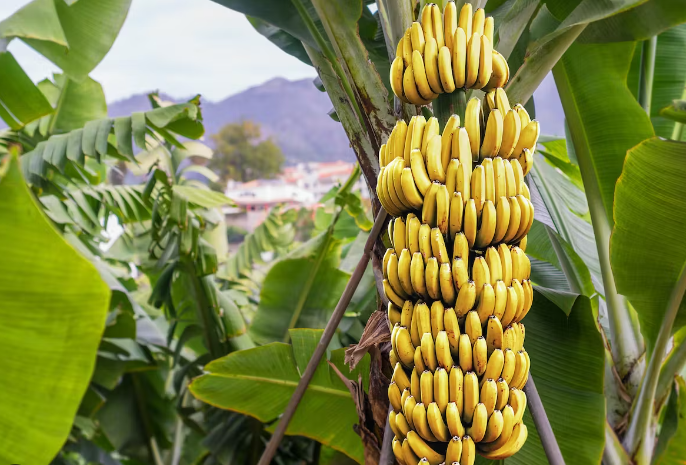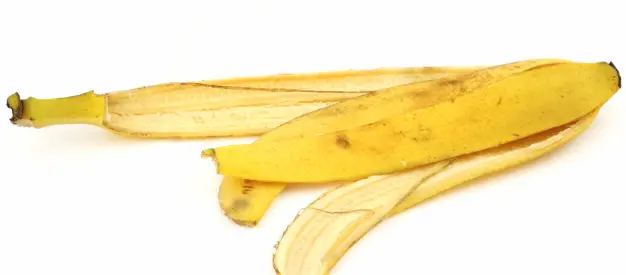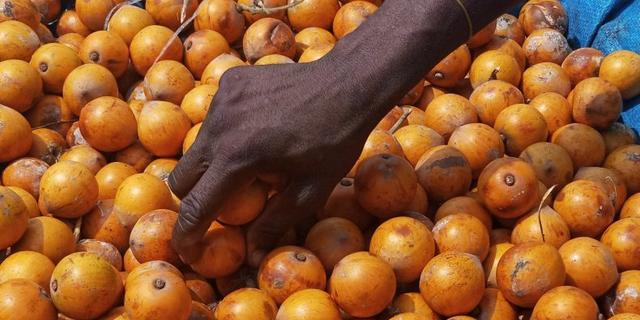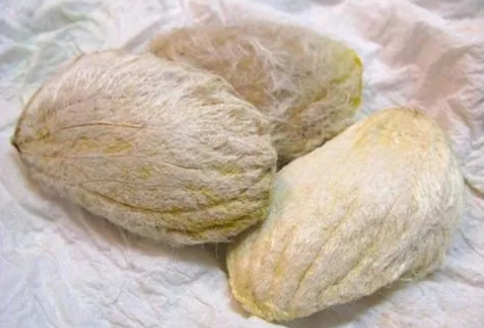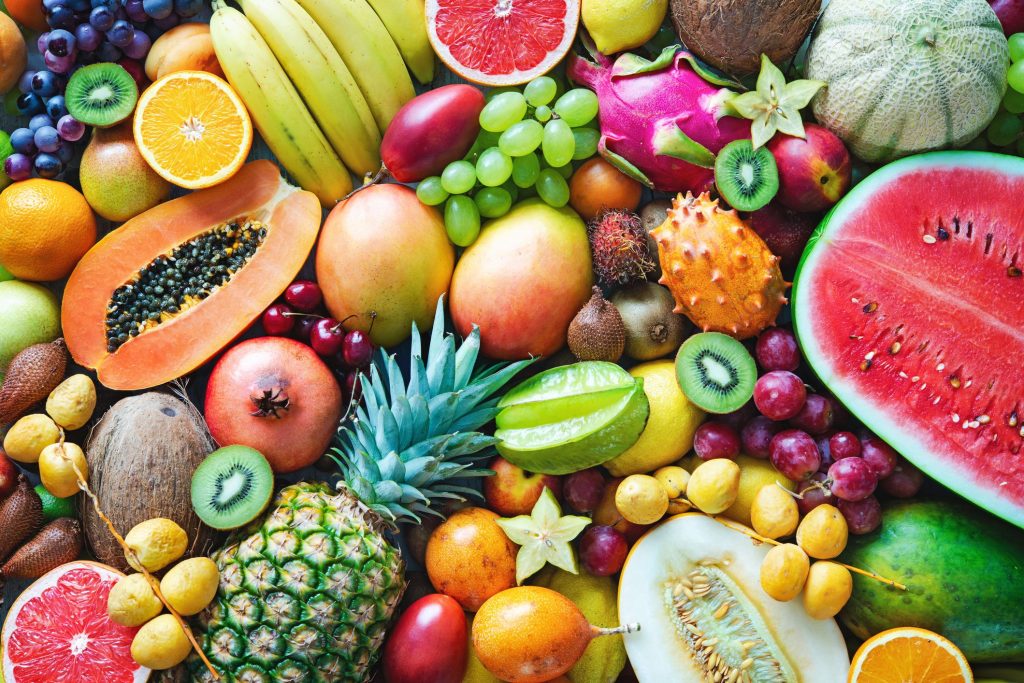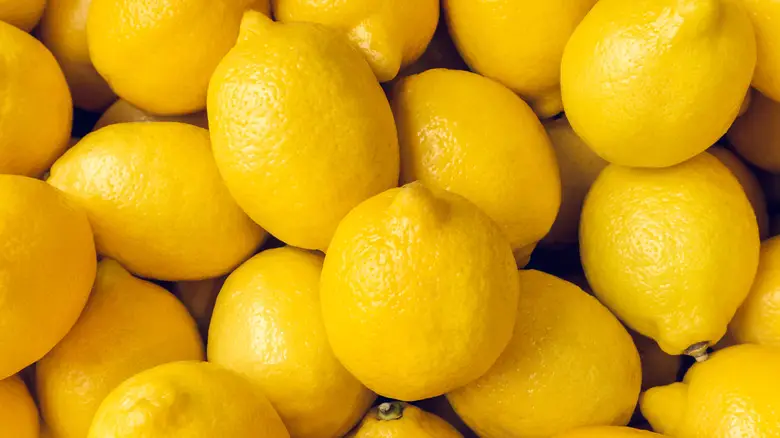There are two main kinds of persimmons you might find in stores – American persimmons and Japanese persimmons. They might look a lot alike, but there are quite a few things that make them different. Let’s take a look at what sets them apart from each other.
Persimmons are originally from Asia, and people have started growing them in other places like the United States. They’re round and a little flat, and they have an orange-red color that’s like a tomato.
These fruits are known for being sweet with a bit of a tang. Depending on how ripe they are, their texture can range from crunchy to really soft, and they’re always juicy.
Table of Contents
- American Persimmons
- Appearance
- Taste and Texture
- Nutritional Content
- Culinary Uses
- Japanese Persimmons
- Appearance
- Taste and Texture
- Nutritional Content
- Culinary Uses
- Comparing American and Japanese Persimmons
- Differences in Flavor
- Differences in Texture
- Nutritional Differences
- Culinary Differences
- Conclusion
- FAQs
- Do American persimmons grow only in the United States?
- Is it okay to eat a persimmon with its skin on?
- What signs indicate that a persimmon has ripened?
- What health benefits do persimmons offer?
- Is it possible to use persimmons in cooking, especially savory meals?
American Persimmons
Appearance
American persimmons are smaller and more like a ball compared to Japanese persimmons, and they’re a bit flattened.
The skin is thicker and hard to peel off, and inside, the fruit is an orange or reddish-orange color. They often have big seeds which can make them tricky to eat.
Taste and Texture
The taste of American persimmons is sweet with a bit of bite to it. If they’re not ripe enough, they can seem firm and kind of gritty, but when they’re fully ripe they become really juicy and soft.
Nutritional Content
American persimmons don’t have a lot of calories or fat and are a good way to get fiber, vitamins A and C, and minerals like potassium, magnesium, and calcium.
Culinary Uses
People like to put American persimmons in cakes and pies, as well as jams and jellies. You can also eat them just as they are, dry them out, put them in salads, or use them as a topping for yogurt.
Japanese Persimmons
Appearance
Japanese persimmons are bigger and more like an oval compared to American ones. They have a thin skin that’s easy to peel, and their flesh is a bright orange. They usually don’t have as many seeds as American persimmons.
Taste and Texture
The Japanese variety is sweeter and doesn’t have as much of the biting taste as the American ones. The texture of the fruit is soft and creamy, and when it’s ripe, it can even be a bit like jelly.
Nutritional Content
Japanese persimmons are also low in calories and fat and offer a great amount of fiber and vitamins A and C, along with other nutrients like potassium, magnesium, and calcium. They tend to have more vitamin C compared to their American counterparts.
Culinary Uses
Most of the time, Japanese persimmons are eaten fresh. They’re great in salads or on top of yogurt or cereal. People also dry them to use in desserts and they’re a big part of many Japanese dishes. Besides that, they’re used to decorate food.
Comparing American and Japanese Persimmons
Let’s review the differences between American and Japanese persimmons.
Differences in Flavor
The American persimmon can be more bitter and astringent, while Japanese ones are generally sweeter and not as sharp. This is because American persimmons have more tannins, which can cause that bitter taste if they’re not fully ripe.
Differences in Texture
Texture is another area where they differ. American persimmons are usually more firm and crunchy, but Japanese persimmons are soft and jelly-like. The Japanese ones contain more water, which makes them more delicate.
Nutritional Differences
When it comes to what’s inside, American and Japanese persimmons are pretty similar – low in calories and fat, and filled with good things like fiber, vitamins, and minerals. However, Japanese persimmons usually have more vitamin C.
Culinary Differences
In terms of cooking, each type of persimmon fits different kinds of recipes. American persimmons are often baked into sweets or turned into spreads, while Japanese persimmons are typically used fresh in salads or as pretty toppings or decorations in food.
Conclusion
Even though American and Japanese persimmons might look alike, they are unique in their own ways. They have variations in taste, texture, nutrition, and how you can use them. Both types are tasty and have lots of uses, so they’re definitely worth trying out.
No matter if you prefer the unique taste of American persimmons or the sweetness of Japanese persimmons, each kind offers a delicious experience for your taste buds.
FAQs
Do American persimmons grow only in the United States?
While it’s true that the American persimmon is mainly found in the United States, this fruit is also cultivated and enjoyed in different regions around the world, including in some Asian and European countries.
Is it okay to eat a persimmon with its skin on?
Indeed, you can eat the skin of a persimmon. However, many people find the skin to be quite sturdy and not so easy to chew. Because of this, quite a lot of folks choose to peel persimmons first.
What signs indicate that a persimmon has ripened?
To determine if a persimmon has ripened, gently press the fruit to see if it gives a little; a soft texture shows it’s ripe. Also, ripe persimmons often have skin that appears a bit wrinkled. On the other hand, if the persimmon is hard or has smooth skin, it probably needs more time to ripen.
What health benefits do persimmons offer?
Yes, persimmons are very healthy to eat. They are loaded with dietary fiber and vital vitamins, including vitamins A and C. Besides these, they contain important minerals such as potassium, magnesium, and calcium that contribute to a balanced diet.
Is it possible to use persimmons in cooking, especially savory meals?
Absolutely, persimmons can be quite versatile in savory cooking. They can add a unique flavor to salads and can also be used as a tasty addition to meat or fish dishes, serving as an attractive and flavorful garnish.
